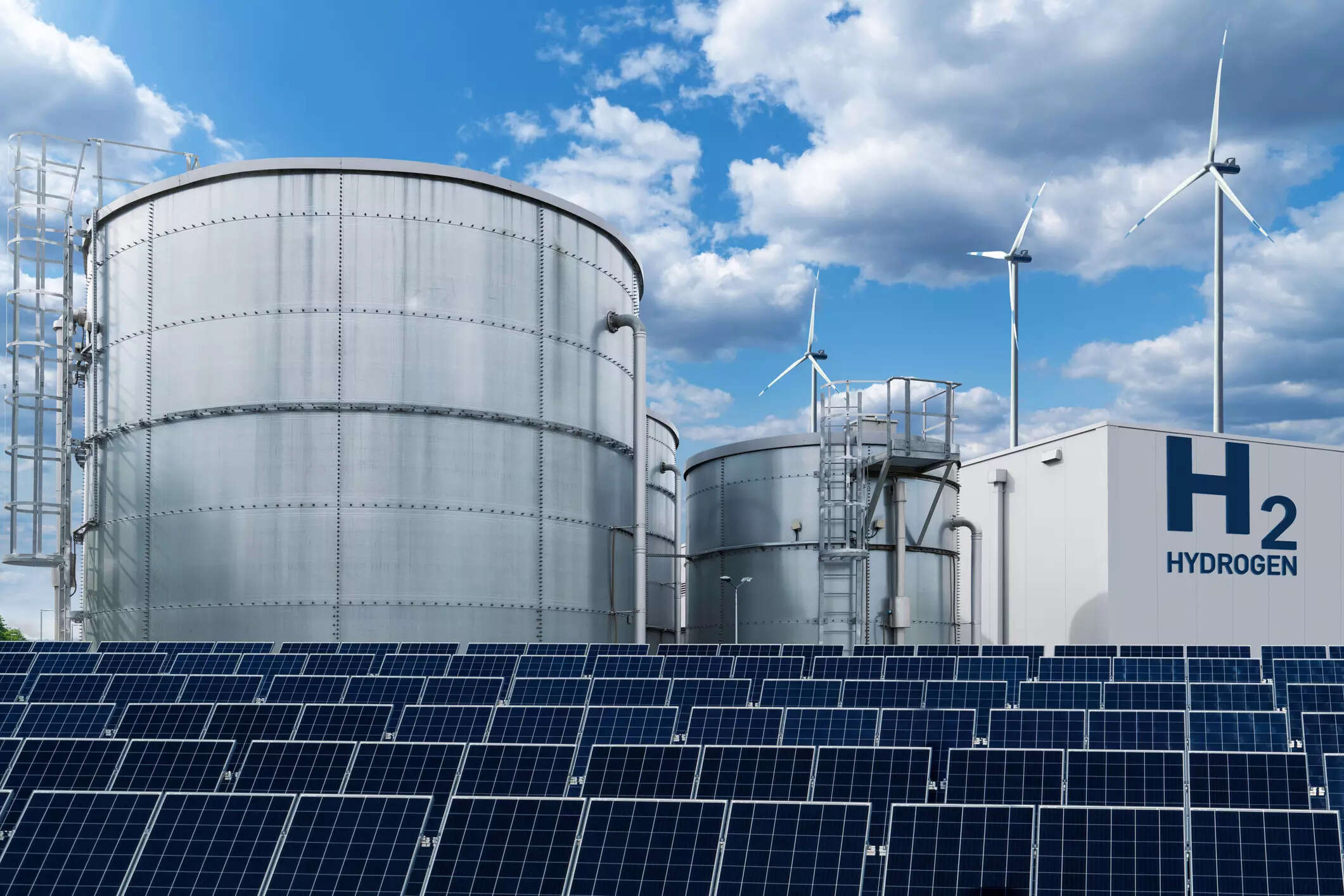
GM is collaborating on a solution for low-emissions worksites with its fleet of fuel cell-powered medium duty trucks and supporting infrastructure. This pilot program funded by the Department of Energy is also targeting the creation of green hydrogen through electrolysis for rapid refuelling
When it comes to electrification, GM is serious about introducing a range of zero tailpipe emissions vehicles and applications. From lithium-ion batteries to hydrogen fuel cells, GM is dedicated to helping other companies integrate these solutions into their business operations — and that extends beyond just the fuel cells and batteries.
GM’s latest fuel cell-related project is a hydrogen-based worksite ecosystem, centered around its fleet of medium duty fuel cell trucks. With funding awarded from the Department of Energy’s SuperTruck 3 program and the Hydrogen and Fuel Cell Technologies Office, GM is spearheading a pilot program that demonstrates real life applications of fuel cells for fleet and commercial customers.
Built on a similar frame to the 2024 Chevrolet Silverado 5500 MD, these field evaluation fleet trucks will be powered by HYDROTEC fuel cell systems. The prototype trucks are expected to have a GM-estimated range greater than 300 miles1 and a 19,500-pound gross vehicle weight rating. The trucks operate in a native 800V architecture and can produce more than 300kW peak power.
Southern Company, one of the United States’ largest utility companies, will receive HYDROTEC fuel cell-powered medium duty trucks to be used as shop vehicles at its worksites. Southern Company, together with GM and Nel ASA, will also demonstrate an integrated hydrogen microgrid for fueling infrastructure, including a stationary fuel cell-based mobile power generator. Nel, a world-leading electrolyzer company, will provide the project with its advanced PEM electrolyzers, which can help create green hydrogen onsite.
Charlie Freese, executive director of global HYDROTEC, said, “These trucks and their accompanying hydrogen infrastructure can help enable a zero-emissions solution for HD and MD truck customers looking to meet their clean energy goals as well as reduce their operational noise and carbon footprint. GM’s advanced fuel cell technology gives these trucks a competitive edge against their diesel counterparts, with comparable towing and payload capabilities.”
Hydrogen fuel cells are a key component of GM’s electrification strategy, which extends beyond battery-powered passenger vehicles. Fuel cells combine hydrogen and oxygen to generate electricity through an electrochemical reaction. The fuel cell enables the conversion of energy stored in hydrogen into electricity to power a vehicle.
Since fuel cells are lightweight and enable large payloads, excellent range, quiet operation and rapid refuelling, they can meet the needs of the heaviest duty applications. With regulations rapidly changing in many countries, fuel cell-powered vehicles have the added advantage of zero tailpipe emissions when compared to diesel vehicles.
A key pillar of GM’s electrification strategy is developing foundational technologies that will help other industries and companies meet their clean energy goals. GM’s HYDROTEC fuel cells both can help fleet customers meet changing regulations in states like California, as well as help meet their own sustainability goals and potentially reduce fleet costs over time.
In addition, GM Envolve was formed specifically to help fleets make the transition to electric and fuel cell vehicles, and to work with and provide them with the broad spectrum of GM technologies, including fuel cells. GM Envolve also works with fleets and hydrogen infrastructure providers to help establish hydrogen hubs where the fleets need it most.
This micro-grid project, developed by Southern Company’s electric subsidiary Georgia Power with approval by the Georgia Public Service Commission, is expected to be located at a Georgia power plant. Southern Company, GM and Nel intend to use their microgrid approach to create green hydrogen at off-peak hours and use it to power the site’s operations when grid power is most expensive. This stacked value system can enable both a more affordable and low-emissions approach, which can improve the economics and resiliency of the installation.
GM’s fuel cells will also help provide power for a 350kW fast charger for medium-duty battery electric vehicles and resilient power for the site. Ultimately, Southern Company’s approach could help support sustainable infrastructure and transportation for the future.
Separately, the US Army’s Ground Vehicle Systems Center (GVSC) is supporting the development of the fuel cell propulsion systems in these medium duty trucks with additional funding.

